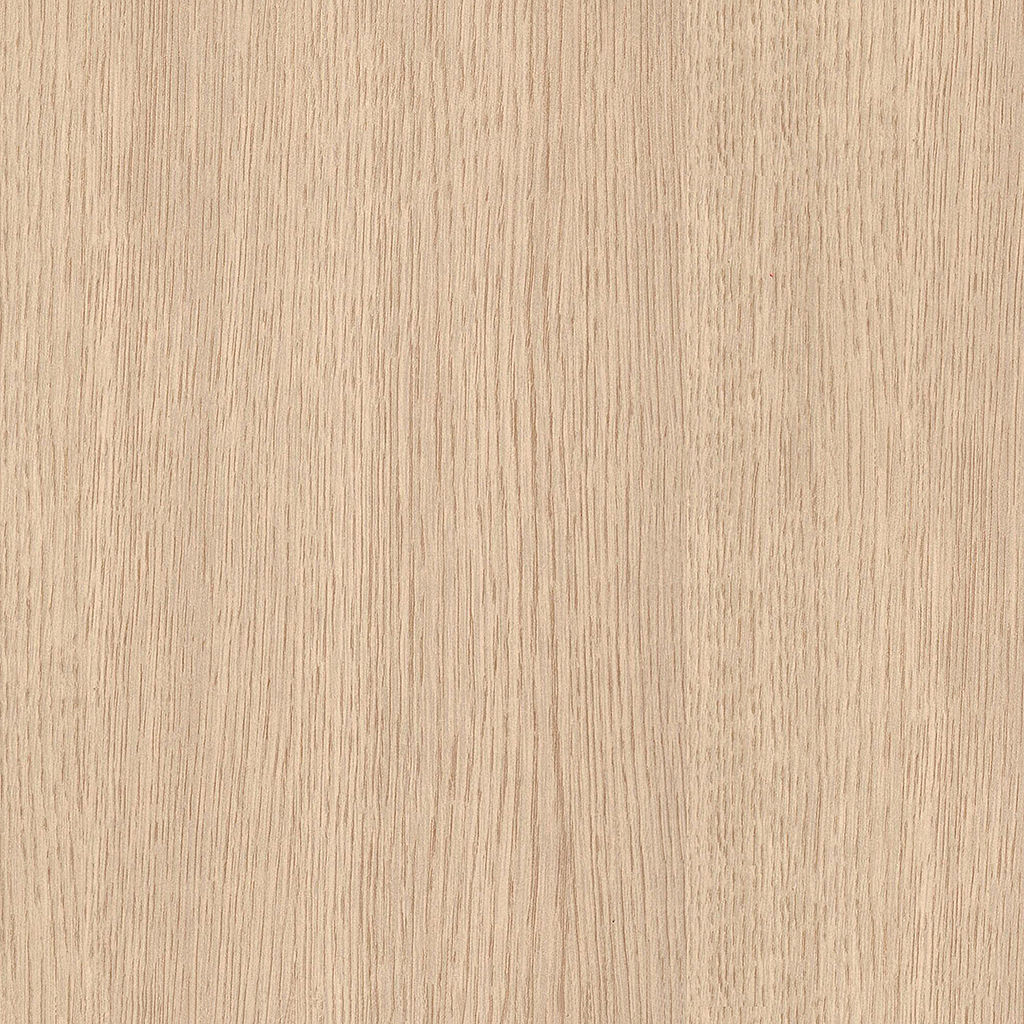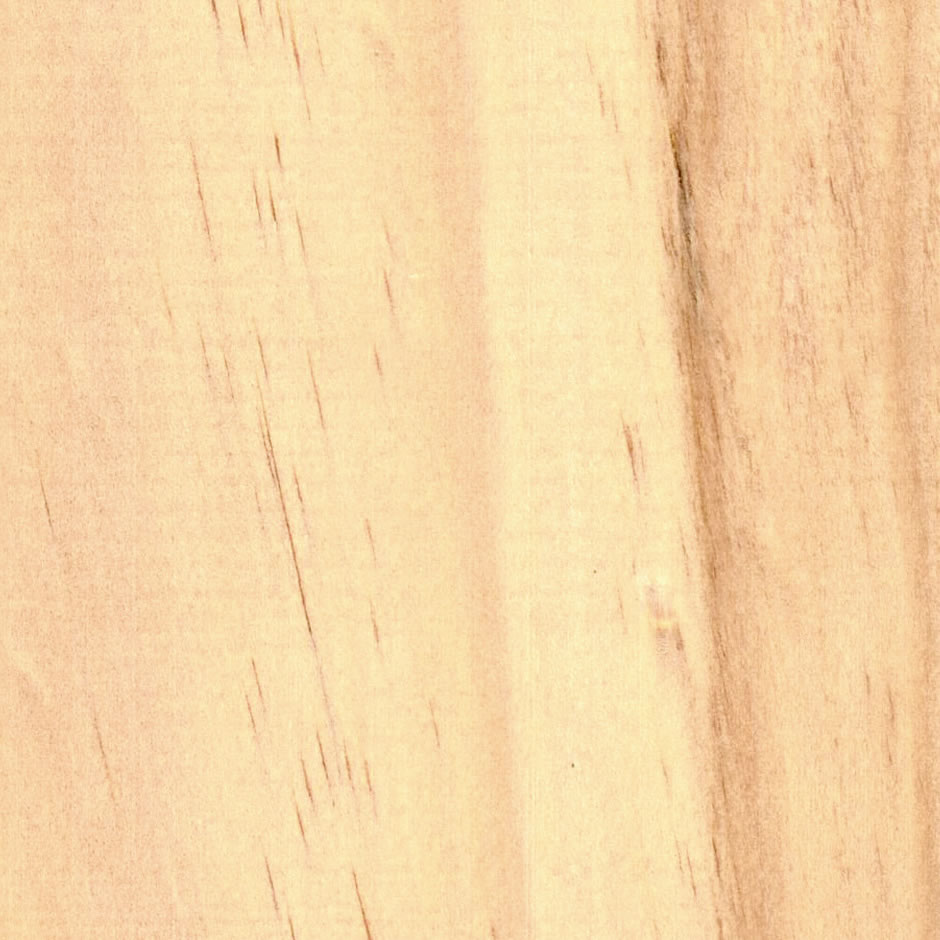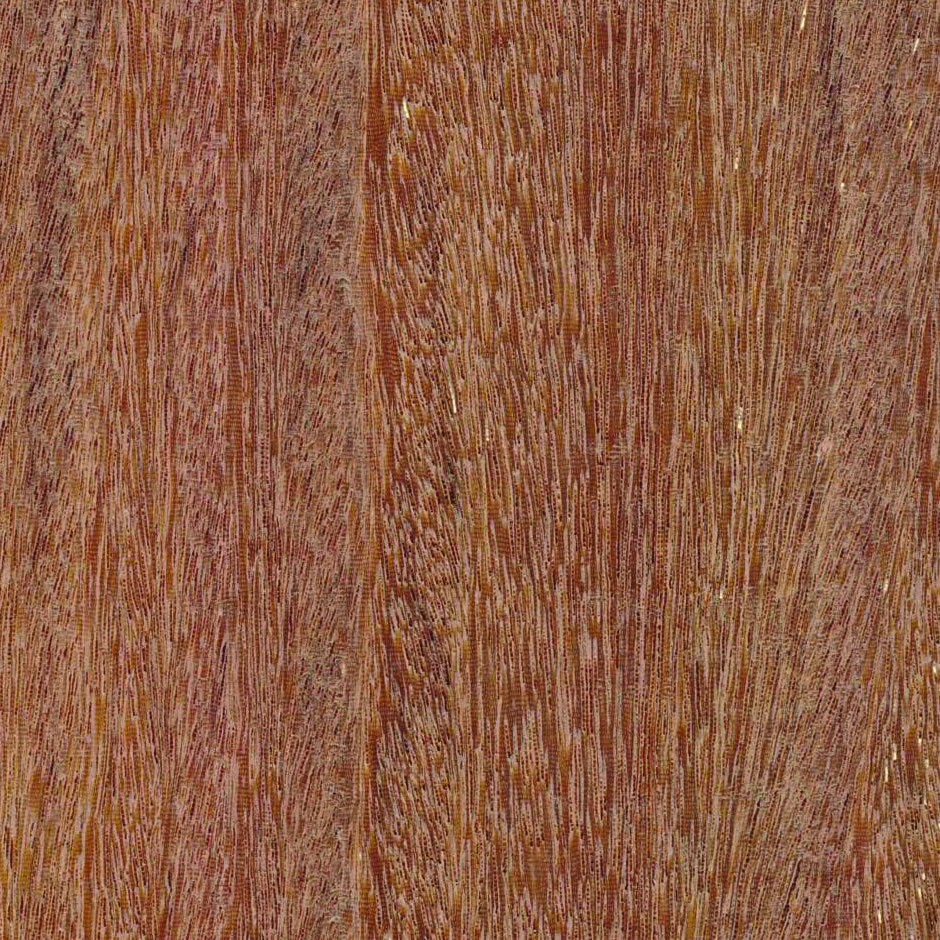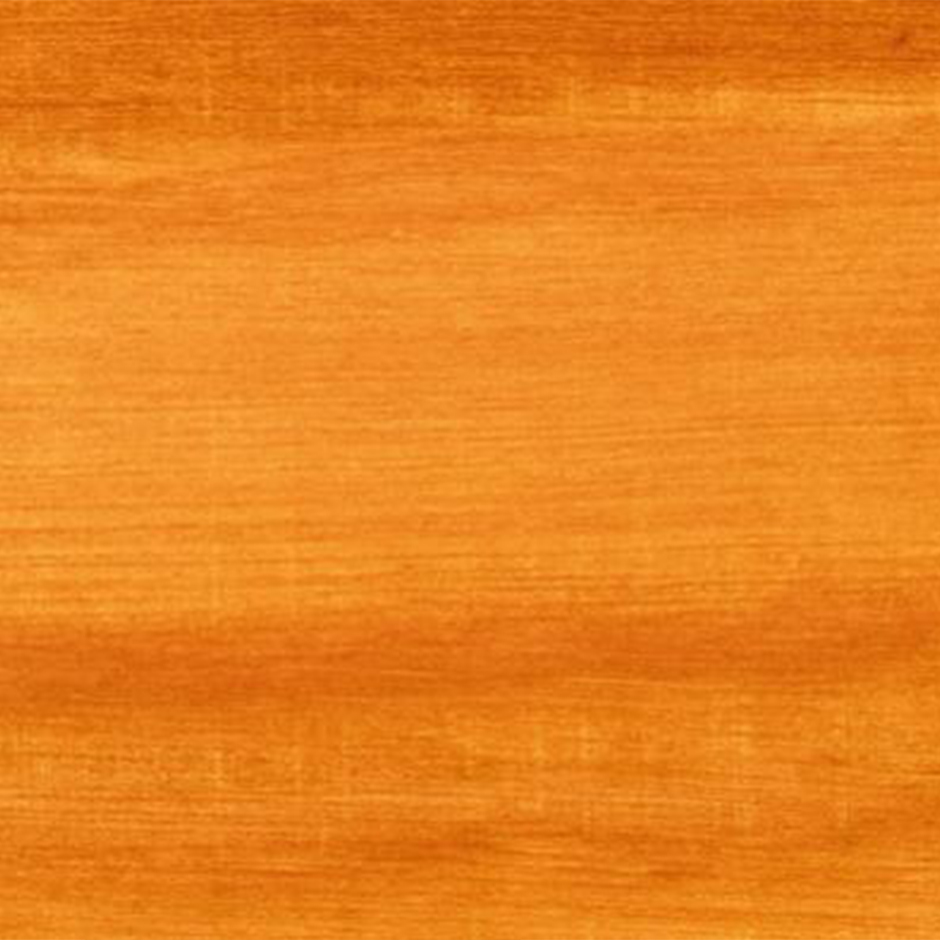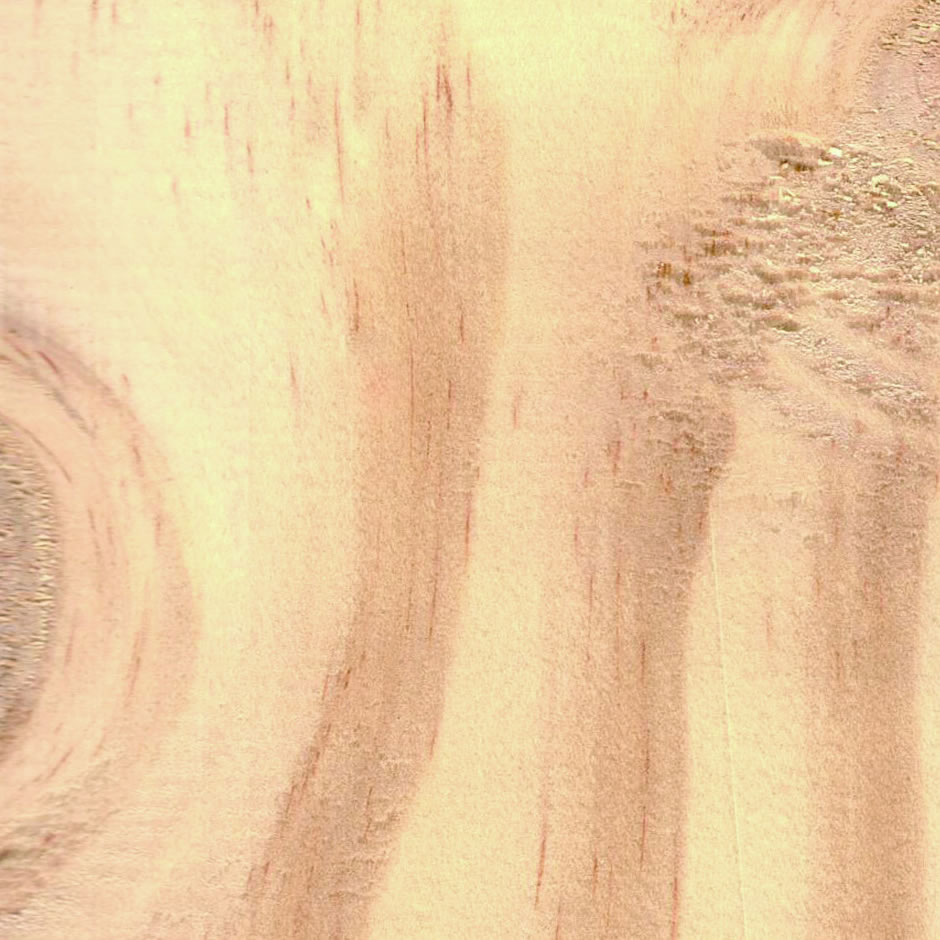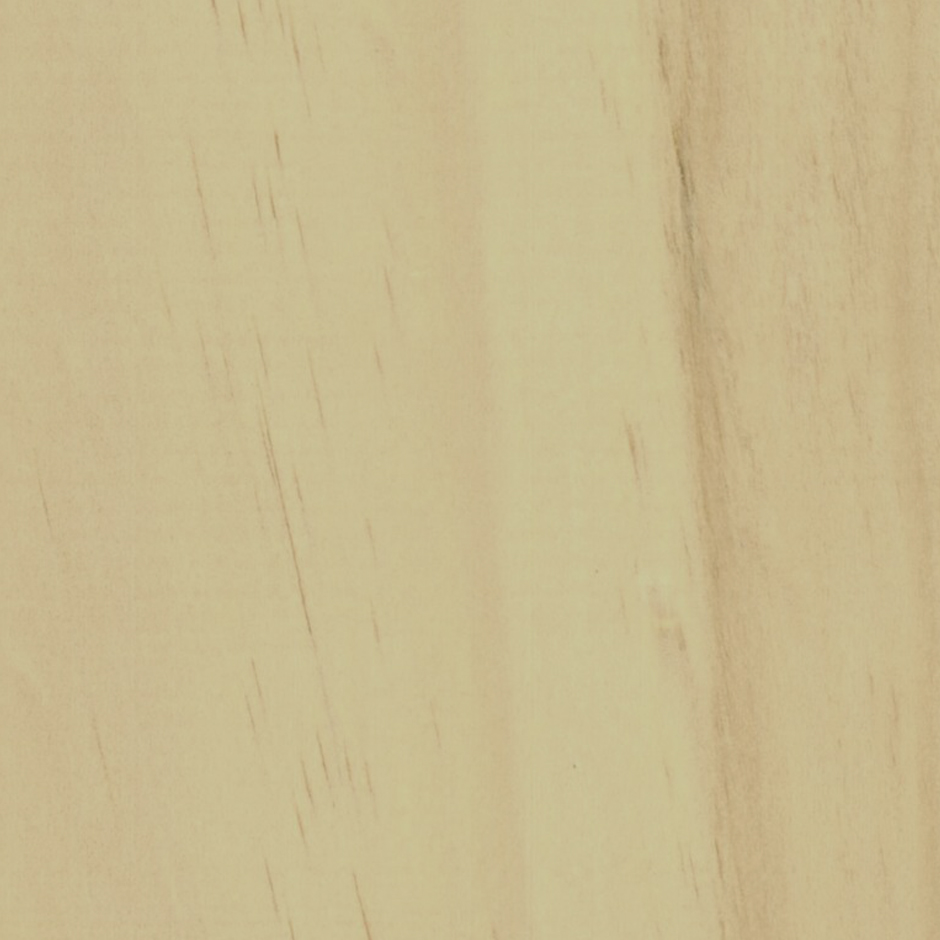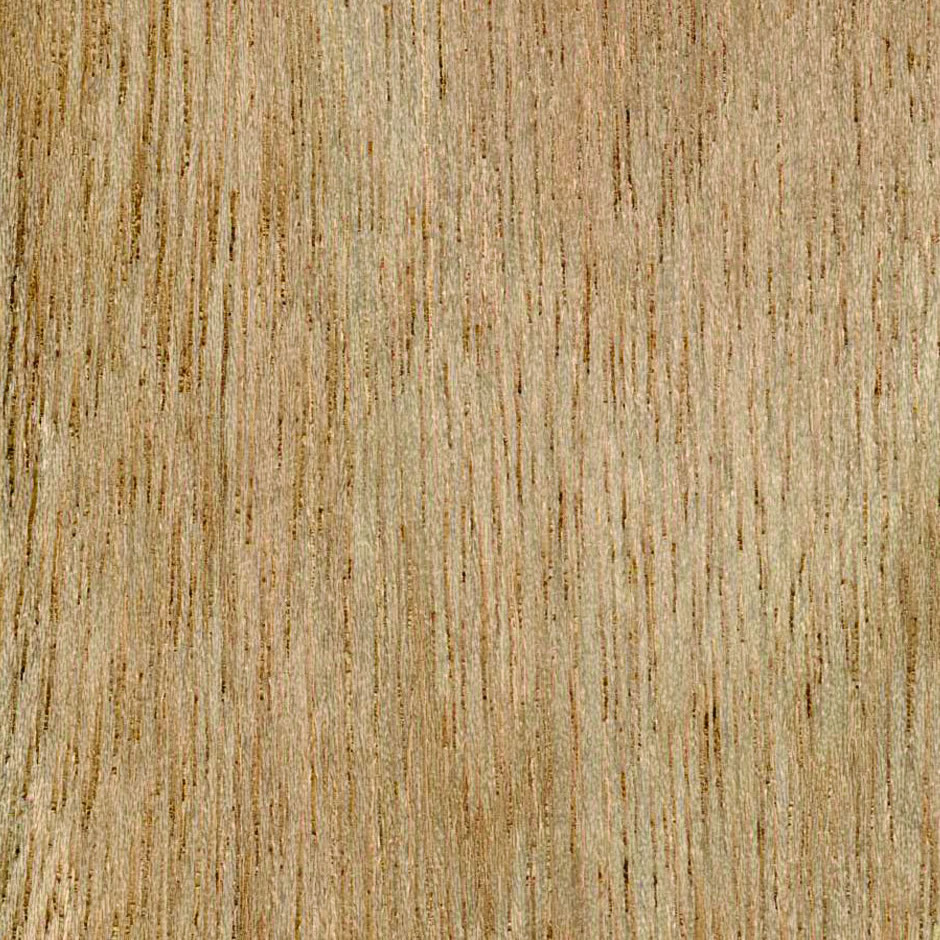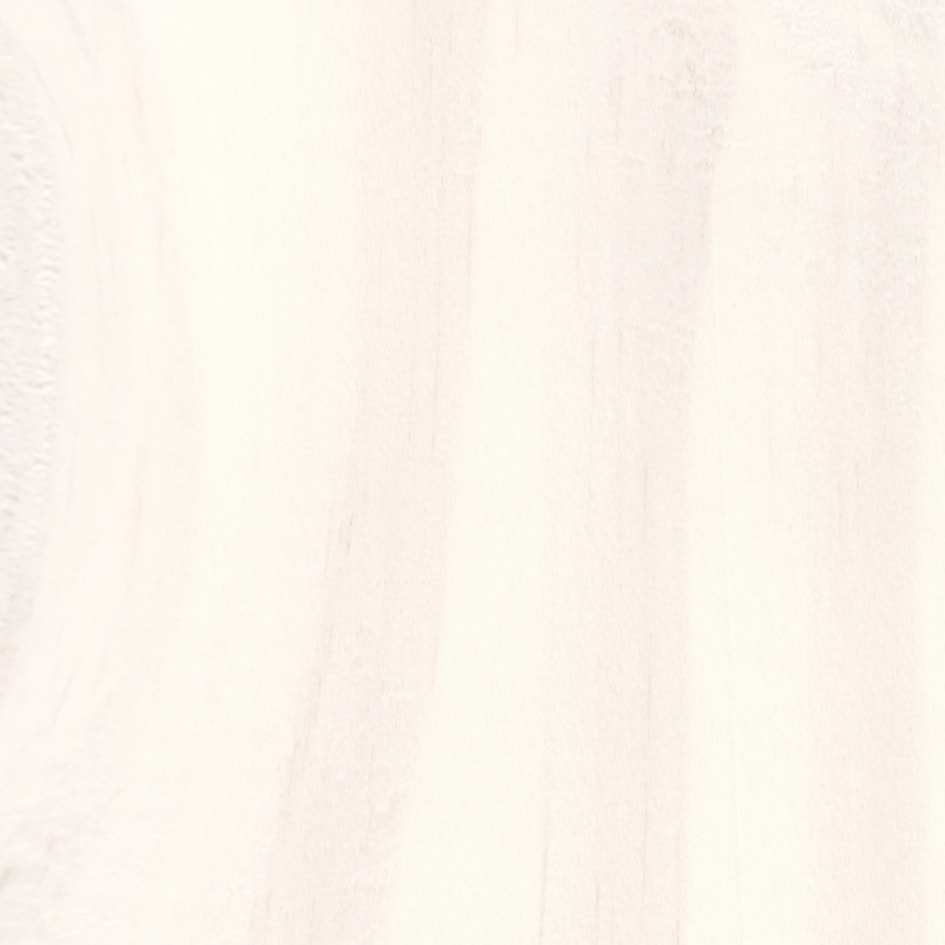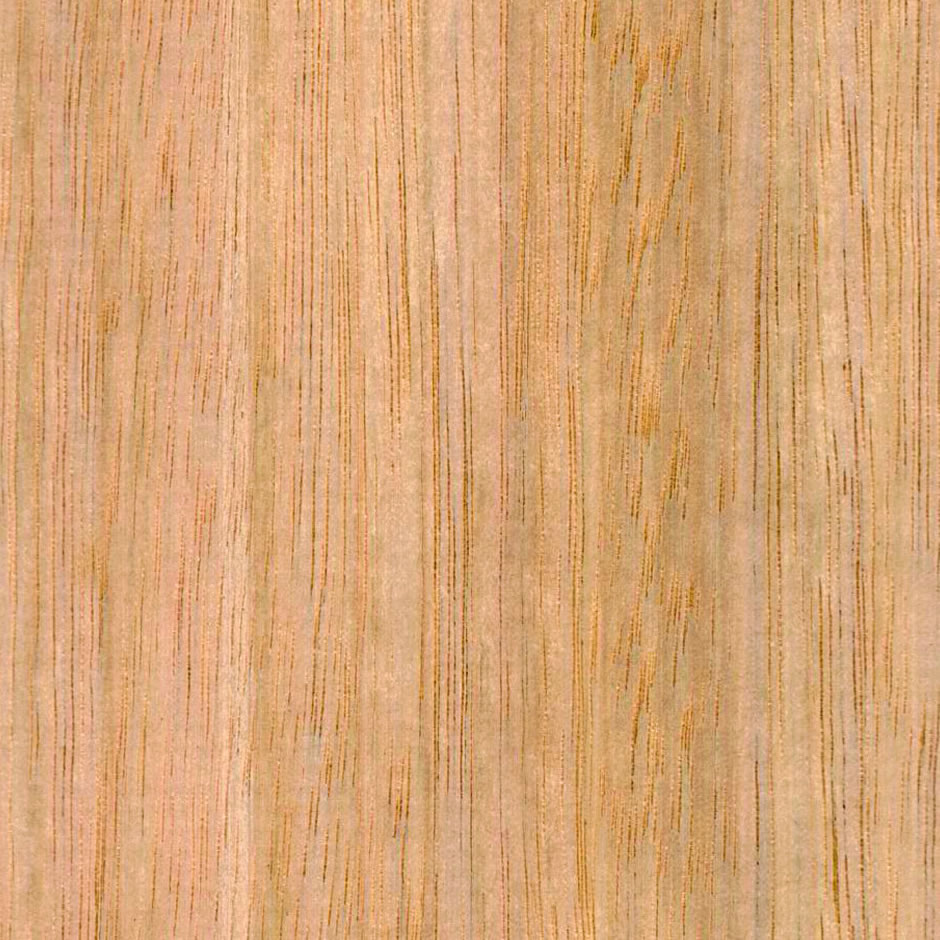Porta Certified and Sustainable Timber Species
Porta stocks a range of Australian and exotic timbers popular with specifiers, builders, trade and DIY. Porta pride themselves on offering certified and sustainable timbers to give you both products of beauty and peace of mind.
Whatever the application Porta is here to assist you in selecting the right timber for the right application.
FAQ’s
Porta is committed to the use of timber from environmentally responsible resources, and the majority of the Porta product range are certified under either the FSC® or the PEFC™ schemes.
For more information and to view a list of certified products view our Sustainability page.
Porta is committed to the use of timber from environmentally responsible resources, and the majority of the Porta product range are certified under either the FSC® or the PEFC™ schemes.
For more information and to view a list of certified products view our Sustainability page.
We suggest gently peeling the label off and lightly sanding to remove any residual gum. For smaller labels carefully remove with steam.
Older dry labels can be removed with the use of a citrus-based solvent such as De-Solv-it or Un-du, then allowing to dry before gently sanding.
Timber is a natural material that absorbs and releases moisture in response to ambient humidity and temperature conditions. Our production process reduces the moisture content to stabilise the timber against bow, spring and twisting movement, yet it is possible that timber will move slightly due to moisture levels during transportation and storage. Porta’s timber mouldings and products include the amount of acceptable bow, spring and twist movement is graded in accordance with Australian Standard 4785 and 2796.
The terms Hardwood and Softwood relate to the tree the wood is derived from.
Hardwood is produced from an angiosperm tree which have a flowers and produces seeds, and have a more dense and complex structure than softwood which has more pores and vessels. Porta’s Hardwood range is available in a variety of mouldings and timber products in a range of specie including Tasmanian Oak, Meranti, and Cumaru, and others on request.
Softwood is produced from conifer trees which have needles and produce cones, and are not necessarily softer than hardwoods. They are an affordable option of timber and come in various grades including a finger jointed option. Porta utilises softwood timber from Taeda Pine and Pinus Radiata species used in Porta Clear Pine, General Purpose Pine, Primed FJ Pine and H3 Treated Pine.
See our Timber for more information about timber species.
Porta has a number of timbers suitable for outdoor applications including Cumaru and H3 Treated Pine. It is important to determine whether the application is above ground or in-ground as the durability class of the timber will determine its suitability. Porta’s moulding range includes H3 Treated Pine which is suitable for above-ground exterior applications, having a natural durability class of 30 years above-ground. Hardwood such as our Tasmanian Oak timber is also suitable above ground with a natural durability class of 7-15 years above-ground.
For more information and FAQ visit our Timber page.

